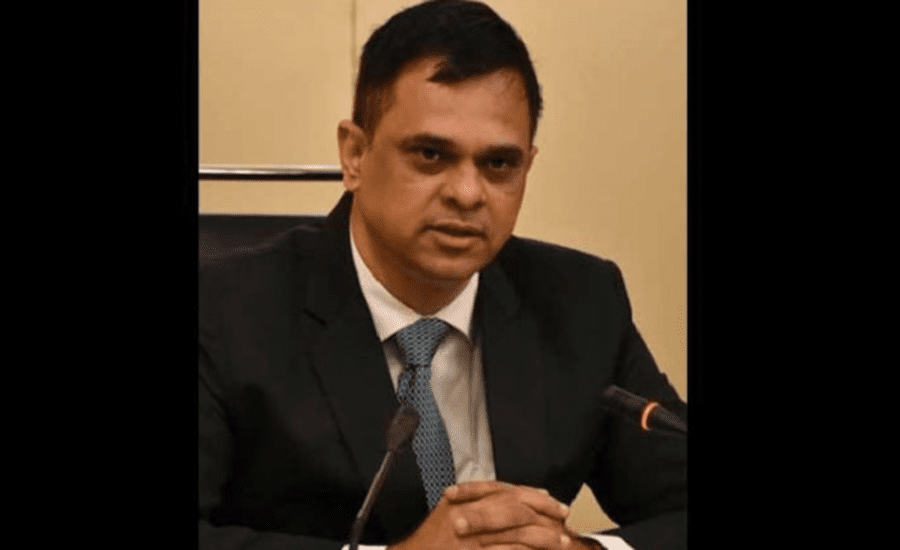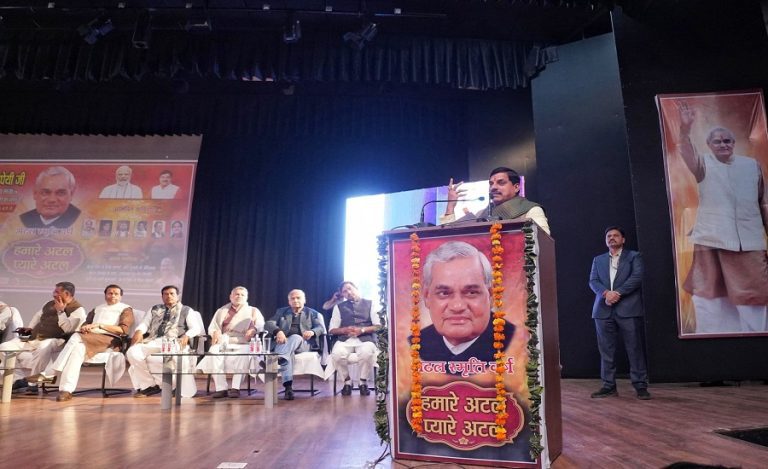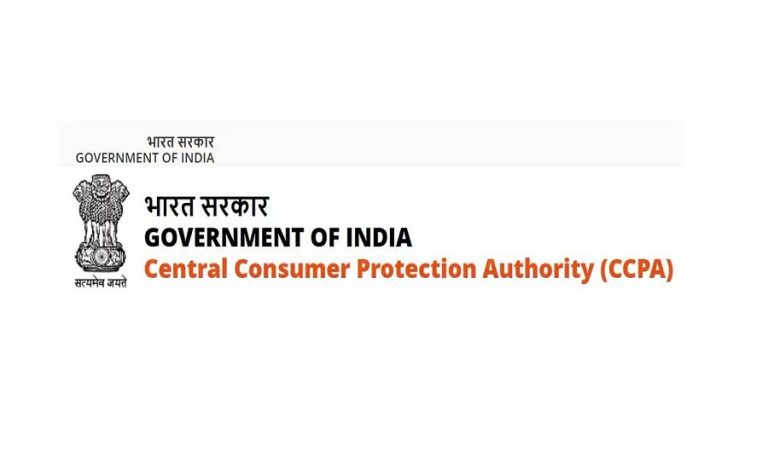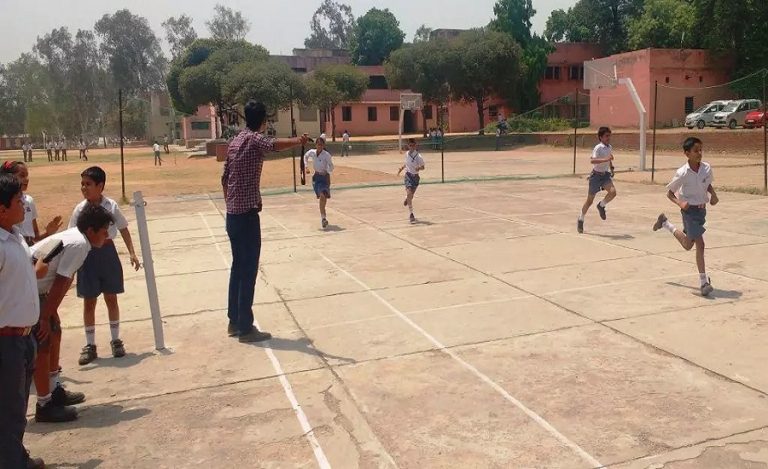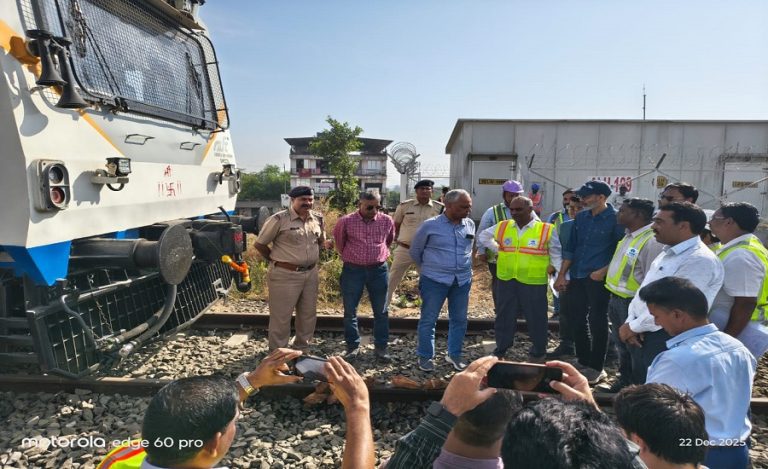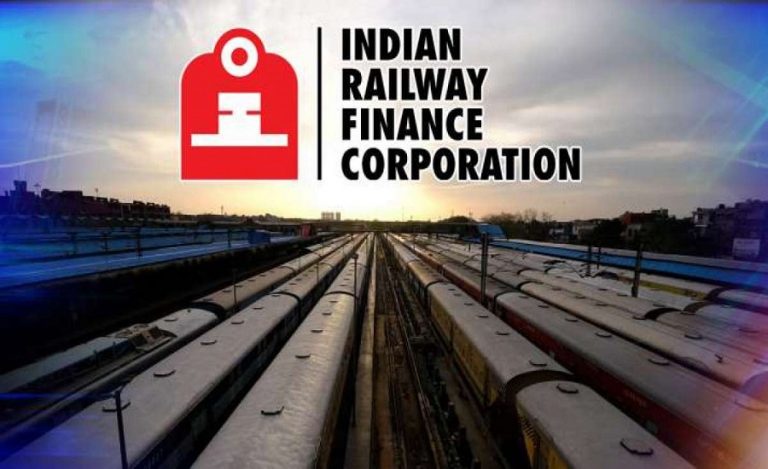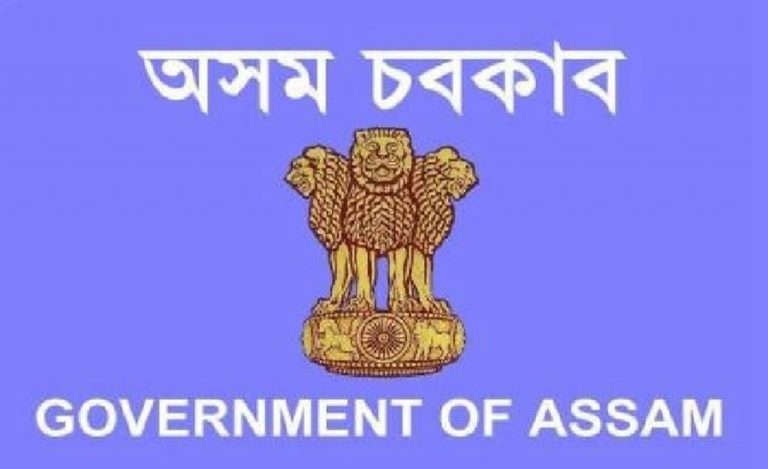The Rajasthan government has appointed Mr. V. Srinivas, a 1989-batch IAS officer, as the new Chief Secretary. He will assume charge on Monday, 17 November, following the relieving of Mr. Sudhansh Pant. This development marks the return of Mr. Srinivas after a seven-year central deputation, setting the stage for a major administrative reshuffle and the transfer of several senior IAS officers.
Appointment and Tenure Details
The Department of Personnel issued the appointment order on Saturday, officially confirming Mr. Srinivas as the next Chief Secretary. Before returning to Rajasthan, he served as Secretary of the Department of Administrative Reforms, Public Grievances, Pensions and Pensioners’ Welfare.
His tenure as Chief Secretary is slated until September 2026, with the possibility of two six-month extensions if cleared by the central government.
Seniority and Bureaucratic Implications
Within the state bureaucracy, Mr. Srinivas now stands as the most senior serving IAS officer after Mr. Subodh Agarwal of the 1988 batch, who retires in December. With his seniority ranking higher than all officers except Mr. Agarwal, his appointment resets the longstanding tradition of posting officers senior to the Chief Secretary outside the Secretariat.
Ms. Shubhra Singh, from the same batch as Mr. Srinivas, serves as Roadways Chairman and remains outside the Secretariat. Mr. Sudhansh Pant, whom Mr. Srinivas replaces, belongs to the 1991 batch.
Swift Clearance Following Meeting with CM
Mr. Srinivas met Chief Minister Mr. Bhajanlal Sharma in Delhi on Thursday. The following day, the central government swiftly relieved him, approving his return to Rajasthan. The rapid transition underscores the government’s intent to stabilise administrative functioning promptly.
Retirement Window and Future Extensions
Mr. Srinivas will retire in September 2026, giving him an initial active term of roughly 10 months. However, the state government may extend his tenure twice by six months each, depending on central approval—a practice previously applied to several former Chief Secretaries.
A Career Steeped in Policy, Governance and Reform
Mr. Srinivas has long been associated with distinguished administrative service, strengthened by his family ties to former Prime Minister Mr. P. V. Narasimha Rao—his wife is Rao’s granddaughter. His professional journey has included pivotal central government roles.
During the NDA government under Mr. Atal Bihari Vajpayee, he notably served as Private Secretary to Mr. Jaswant Singh, then Minister of External Affairs and Finance. He later functioned as Technical Assistant to India’s Executive Director at the International Monetary Fund (IMF) in Washington D.C., contributing significantly to India’s global economic engagement.
Early Service in Rajasthan
Mr. Srinivas began his IAS career in Rajasthan as Sub-Divisional Officer (SDO) of Bhilwara in 1989, later serving in Nimbahera. Between 1995 and 1998, he was Director of the Watershed Development and Soil Conservation Department, spearheading soil and water-management initiatives.
He went on to serve as Collector of Pali (1997–1999) and Collector of Jodhpur (1999). His subsequent tenure as Deputy Secretary in the Finance Department further strengthened his command over state-level fiscal administration.
Extensive Central Deputation Experience
Of his 35 years in the civil service, Mr. Srinivas has spent 17 on central deputation—14 years in Delhi and three years at the IMF.
His first deputation cycle (2000–2006) included:
• Deputy Secretary, Ministry of Petroleum (2000–2001)
• Private Secretary to the Minister of Foreign Affairs and Finance (2001–2003)
• Technical Assistant to the Executive Director for India at IMF, Washington D.C. (2003–2006)
This broad exposure positions him strongly for steering Rajasthan’s administrative machinery effectively.
What to Expect Next for Rajasthan Administration
The appointment of Mr. Srinivas is widely expected to stabilise the Secretariat and accelerate key governance reforms. A round of IAS transfers is anticipated soon, driven by efforts to optimise leadership roles and departmental efficiency.
Who is IAS V. Srinivas?
Mr. V. Srinivas, a 1989-batch IAS officer from the Rajasthan cadre, is recognised as the most senior officer set to lead the state bureaucracy after the retirement of Mr. Subodh Agarwal. Although his initial tenure may be relatively short, it is likely to be impactful due to his diverse administrative experience and potential extension options.
A Distinguished 35-Year Administrative Career
Known for his integrity and administrative excellence, Mr. Srinivas has held key state and central positions. His early roles include SDO of Bhilwara and Collector of both Pali and Jodhpur. He has served in crucial departments such as Watershed Development, Soil Conservation, and Finance.
At the central level, he has contributed significantly in the Ministries of Textiles and Culture and at the IMF, enriching his governance outlook with international exposure.
Major Roles and Contributions
He has held prestigious posts such as:
• Secretary, Department of Administrative Reforms and Public Grievances
• Secretary, Department of Pensions and Pensioners’ Welfare
• Secretary, Development of North Eastern Region
• Chairman, Rajasthan Tax Board
• Director General, National Centre for Good Governance
His work has been instrumental in streamlining public service delivery, policy reforms and grievance redressal systems.
Personal Background
Originally from Andhra Pradesh, Mr. Srinivas is 59 years old (as of 2025). He holds B.Tech and M.Tech degrees in Chemical Engineering from Osmania University. His strong academic foundation and exposure to advanced governance systems have shaped his reputation as a highly capable administrator.
Looking Ahead: Expectations from His Leadership
As he prepares to lead Rajasthan’s bureaucratic apparatus, Mr. Srinivas brings a wealth of expertise from both state and central governance. His term is expected to ensure administrative continuity, policy consistency and accelerated reform in crucial departments during a highly transitional phase for the state.

